Student Blog
Externships
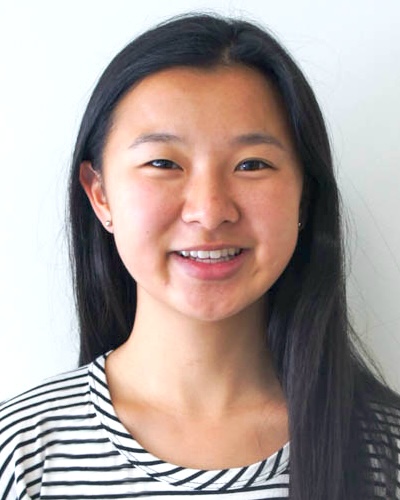
The A-Z’s of USC OT: Part I ⟩
February 24, 2021, by Bethany
Admissions Diversity Externships Getting Involved International
As a Bachelor’s-to-Master’s student, I have been a part of the USC OT community for nearly five years. While learning to call this school home, I have realized that I am so lucky to be where I am. I’ve decided to compile an A-Z list of USC OT attributes that drew me to the program and that I learned as a part of the Trojan Family.
Area — USC is located in the wonderful California city of Los Angeles. Not only can you find a lot of OT volunteer opportunities nearby if you want to check out OT, but you can also drive to the beach, hike to the Hollywood sign, or check out amazing eateries.
Beyond classes — Outside of classes, there are a multitude of student organizations and groups that allow students to encourage growth within the school and also growth in the community we serve.
Creativity — Creativity is so integral to occupational therapy that we have an entire Foundations course on creativity. Not only do we look at crafts occupations, but we use creativity to find new ways to approach and solve problems with engaging in these occupations.
Diversity — Our division places a high value on representation from people of all different backgrounds. Whether it be looking at ethic diversity in admissions, gender representation in OT, or even diversity in ages and stages of life, our students and faculty are open to difficult and perspective-building discussions.
Early Level II — Some OT schools have classwork first and both Level II Fieldwork placements after. But we have our first placement the summer in between academic years, getting to bring our fieldwork experience into our final year of classes to build on that new understanding.
Finances — Funding school can be a difficult discussion. The division offers their own scholarships and financial aid resources. In addition, USC has resources for their students and scholarships through the university itself and other organizations.
Global — Students can expand their global perspective by planning an externship abroad. Or we can increase our understanding of OT around the world through our very own Global Initiatives program!
Hands-on — Whether in labs or in fieldwork or even in practice activities in lectures, I have been grateful for learning-by-doing opportunities. Now in fieldwork, I can see how small activities that we may have done in class can be used with my clients.
Interdisciplinary — We study how OT fits with other health professions, such as PT and social work. Students can also take advantage of other incredible programs at USC by taking electives in other schools, such as the Davis School of Gerontology, the Marshall School of Business, or the Rossier School of Education.
Jobs — There are good job prospects in OT, as it is a quickly growing field. You can also pick up a student worker position while in school, like my job as a student ambassador.
Knowledgeable professors — Our professors are open to talking about coursework and the OT field outside the classroom. They work with us to make sure that we can get a full experience, working with different accommodations needed and through different life circumstances.
Lifestyle Redesign — Lifestyle Redesign was created at USC. Students can both learn about a unique framework and experience it, too. Our faculty practice offers services to students who can experience Lifestyle Redesign and its impact on their lives and occupations as students.
Mental health — This is an area of OT that is not often given enough space, but here, it has its own immersion. After this class, I was more open to the idea of mental health and how occupational therapists can impact mental health and therefore performance in occupations.
New perspectives — In our classes, we discuss how different people would approach different cases and how our various perspectives can be expanded through others’ experiences. We learn from each other to expand our own creative thinking.
Stay tuned for Part II. 😊
⋯
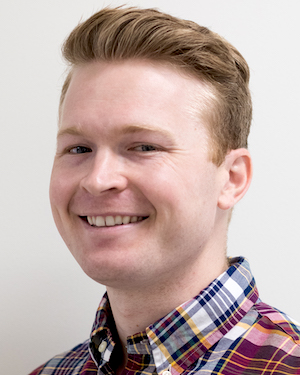
Ergo Externship ⟩
March 26, 2020, by Kevin
Externships
Despite the COVID-19 pandemic escalating each day, I had an unforgettable externship experience that kept me uplifted during these difficult times. My original externship plan was to attend an ergonomic certification course in-person and shadow Marissa Marchioni OTD, OTR/L, CEAS at the USC Occupational Therapy Faculty Practice. As the situation escalated, I chose to do most of my externship remotely from home. Ultimately, I decided on three main objectives for the externship:
1. Become a Certified Ergonomics Assessment Specialist
To kickoff this externship experience, I enrolled in the online version of the CEAS course to increase my understanding of ergonomics and further my professional development. The CEAS taught me the basics of evaluating ergonomic risk factors and areas for improvement in a wide variety of workplace settings including offices, hospitals, and manufacturing plants. While much of the information from the course had been covered in the ergonomic elective, my grasp of ergonomics was strengthened, and I was able to apply what I learned to the shadowing experiences with Dr. Marchioni and in the design of my ergonomic device. Additionally, at the end of the course, I received an official certification to assess workplaces for ergonomics which I hope will be a valuable asset in my future career.
2. Shadow Ergonomic Assessments with Marissa Marchioni OTD, OTR/L, CEAS
Before the “Stay at Home” order was put into action, I had the opportunity to shadow several ergonomic assessments with Dr. Marchioni. This was an amazing experience because I was able to see everything I had learned from the CEAS course in real world practice from the lens of an occupational therapist. Dr. Marchioni skillfully used her knowledge of ergonomics, activity analysis, and psychosocial factors to deliver comprehensive ergonomic assessments that were tailored to each person in their specific work setting. I was especially amazed at Dr. Marchioni’s ability to impart her own leadership skills on her clients to create “Ergo Leaders” in the workplaces she assessed. An “Ergo Leader” is a person in the workplace who advocates for positive ergonomic changes such as adjusting the lighting in the space or leading periodic stretch breaks. After observing several assessments, Dr. Marchioni gave me the opportunity to assist on an assessment! While I was nervous to jump in so quickly, I took this offer as a leadership opportunity to put my ergonomic education to practice. As we started our assessment, I was pleasantly surprised to see how much I had learned over a short period of time and with Dr. Marchioni’s support the assessment went well!
3. Designing and Prototyping a New Ergonomic Device
One of the main goals of my externship was to bring together all the education and shadowing experience to design a new ergonomic device. After over 100 hours of 3D design, prototyping, and feedback sessions with Dr. Marchioni, my final prototype is finished! This device will help people to be comfortable on the go and in shared workspaces. While, I cannot give away the details as I am in the process of obtaining a patent, I will be presenting the device during the Mark and Semira Moshayedi Innovation Competition that is scheduled to be held in April!
⋯
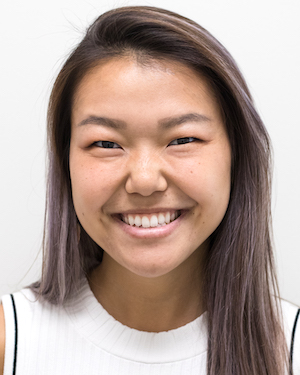
Throwback Thursday ⟩
February 20, 2020, by Kaho
Admissions Externships Housing and Transportation International Life Hacks Living in LA What are OS/OT?
As I was brainstorming what to write for my upcoming blog posts, I found myself at a complete blank. Nothing came to mind. I thought, what unique information can I provide as a student? As an ambassador? Social media chair? Then, a lightbulb switched on. Why don’t I take advantage of the data I’ve learned to analyze this year and make a compilation of other amazing blog posts? So, here we are. Here are the top 10 most popular blog posts from past and current student ambassadors (from Jan 1, 2015 through today), according to page views by you all! There are some oldies but goodies and they’re all definitely worth a read, so check them out.
- How to write a personal statement
- How to explain what occupational therapy is
- A Leadership Externship experience in South Korea
- A breakdown of the workload/life of an OT student
- Pros and cons of living at Currie Hall
- Pros of living in OT House vs. Pros of living somewhere else
- A different Leadership Externship experience in South Korea
- Pros and Cons of living in OT House
- Incorporating yoga into occupational therapy
- The role of occupational therapy in oncology
Hope you find these helpful!
⋯

ASBME Makeathon: USC interdisciplinary collaboration ⟩
February 13, 2020, by Kevin
Externships Getting Involved
This past weekend, I had the opportunity to attend the Associated Students of Biomedical Engineering (ASBME) Makeathon event as an occupational therapy mentor. The Makeathon is an energy-charge 30 hour hackathon event in which 12 teams compete to develop and prototype a medical device for a selected real-world population. Using a combination of programing, CAD design, and access to the USC fabrication lab, including the 3D printers, each team rapidly develops an innovative medical or therapeutic technology. A Makeathon or hackathon challenges teams to produce months worth of work in just several days, in addition to having the material constraint of using only the materials provided by ASBME. While this event is primarily for students in the USC Viterbi Biomedical Engineering program, the organizers took an interdisciplinary approach by incorporating mentors from the master’s and doctorate programs of the Chan Division of Occupational Science and Occupational Therapy and the Division of Biokinesiology and Physical Therapy.
This year, the teams were challenged to develop a rehabilitation device that promoted or enhanced physical therapy activity in a nonclinical setting for persons who are experiencing hand or wrist dysfunction post-stroke. Additionally, the device had to be intuitive and address one aspect of motor control including strength, dexterity, and joint extension. Due to my background in 3D modeling and education in occupational therapy, I jumped on the opportunity to take part in the Makeathon as a mentor for the teams.
From the perspective of occupational therapy, the OT students were able to provide valuable advice and suggestions to each team considering person, environment, and occupational of the potential user. During my mentorship time, I performed role plays to help the teams imagine the device in everyday use, provided anatomical explanations pertaining to post-stroke hand and wrist considerations, and advised on design aspects. The undergraduate biomedical engineering students were incredible! I’ve never seen such fast CAD design or Arduino programming. While the students were working furiously to produce their device, they took time to seek out the mentorship of the OT and PT students, which helped the teams understand the rehabilitation applications of their designs. Everything from electronic glove games to dexterity puzzles were made during the course of the competition.
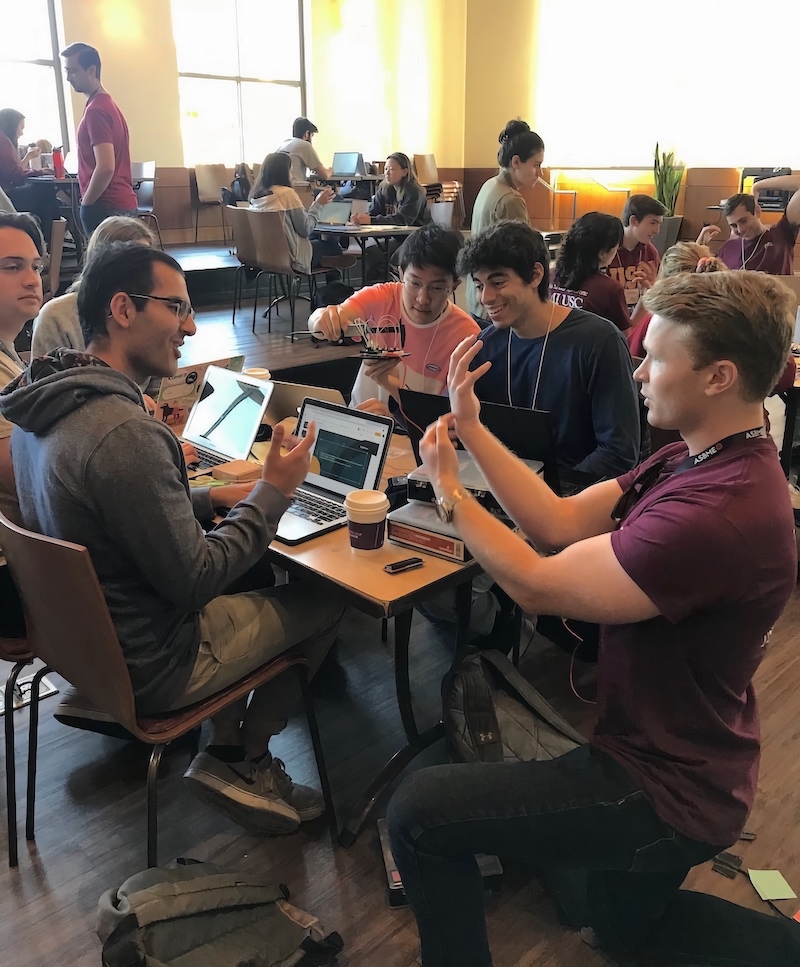
Explaining the extensor anatomy of the wrist and hand during mentorship.
Overall, it was amazing to see biomedical engineering, physical therapy, and occupational therapy students collaborating effectively to inspire truly creative innovation. Attending this event was a subtle reminder to the amazing minds and talent of the students at USC!
⋯
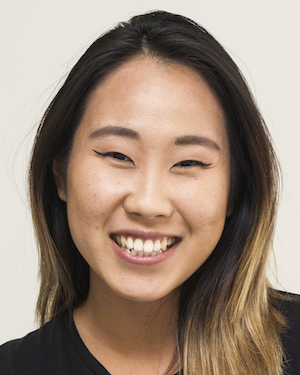
Ghana Part 2 — Facilitating OT and CBR Collaboration ⟩
April 8, 2019, by Joyce
Diversity Externships International
One of the coolest parts of this externship was the fact that we, USC students, were able to participate in one of the leader’s, Jenna Kobara, OTD project. As part of her OTD, Kobara is pushing for interprofessional collaboration between OT students/OTs and community based rehabilitation workers (CBRs). An equivalent of a CBR in the states are the Community Health Workers, many of whom work with spanish-speaking communities, promotores de salud, to support health education and prevention efforts. Similarly, in Ghana, CBRs venture out into the communities, identify individuals with disabilities, and work on educating and building rapport with the community to facilitate inclusivity throughout the village. The community in Ghana is not only the immediate family but also their neighbors!
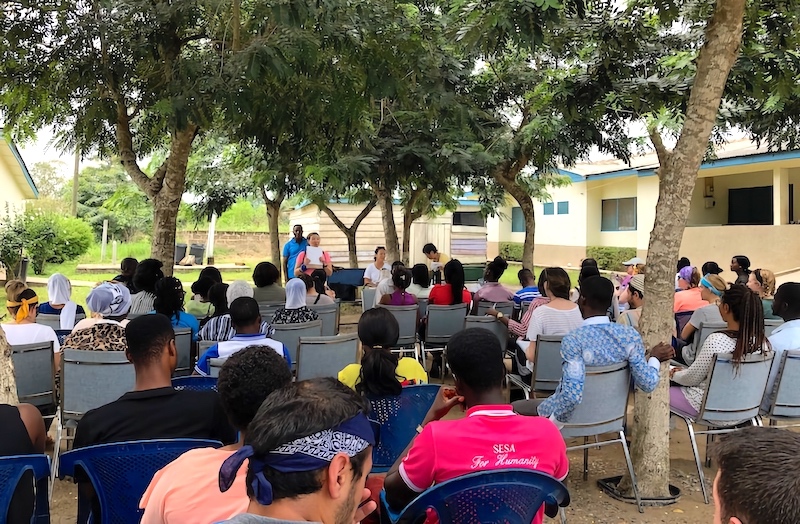
On the first day of this collaboration, USC students met with the Ghanaian OTs and the CBR students. I worked with my partner, Liliian, to facilitate a discussion about scope of practice and definitions around independence and therapy. Our job was not to lead the discussions but to open the doors for the Ghanaian students to participate and converse with one another. We were able to touch upon several points including the definition of independence, function, and ways for future collaborations.
After about 30 minutes of thoughtful conversation, we moved onto completing a task analysis of tie dying. For the CBR students, this was the first time engaging in task analysis.
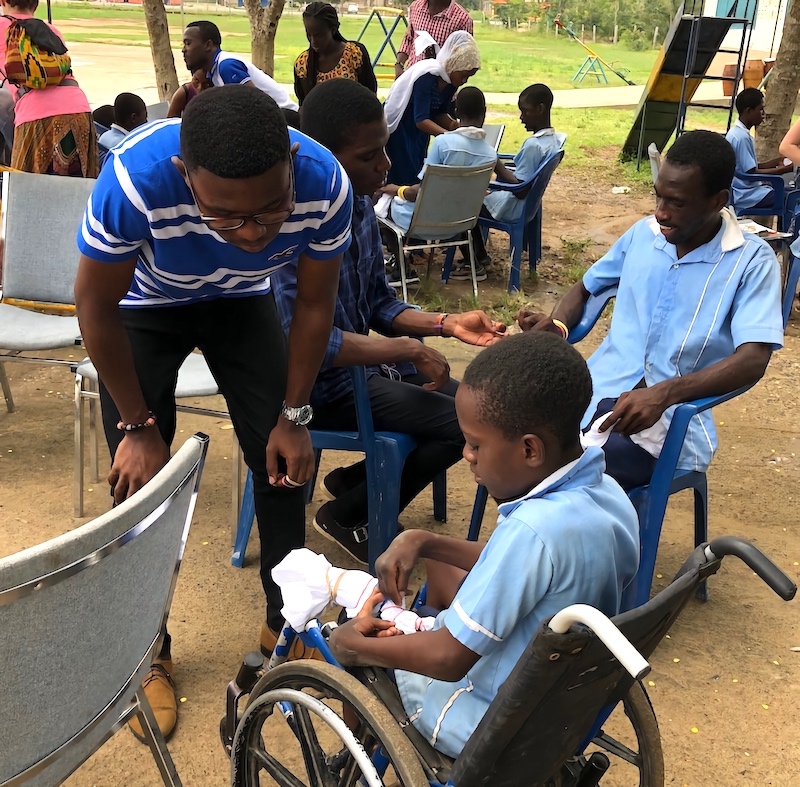
I realized that the Ghanaian students were grappling with this novice task of tie dying shirts! It was a new activity for both of them and I believe that while it was new, the students worked well together to task analyze the tying of the rubber bands around the t-shirts. After task-analyzing together, the MTC students came out to complete the activity with us! This was a great time for the Ghanaian OT and CBR students to interact with MTC students, not to mention, they were a lot more fluent in the local language of Fante so communication was so much smoother!
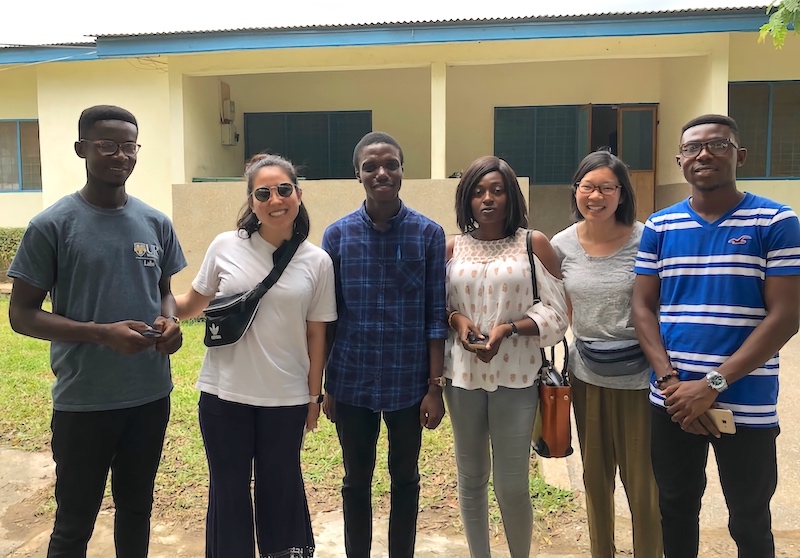
Seeing all of this unfold, I was in awe and have come to fully understood Bonnie’s mission, “To be out of a job”. Bonnie truly wants to plant the seed of collaboration between Ghanaian professionals to create the sustainability without the help of obrunis.
The next few days, my partner and I worked together with our matched CBR students in their specific community attachments to explore and learn about CBR work. As we engaged and problem solved with different individuals with various diagnosis (ie. CP, lower extremity pain), we made it a point to provide education that can carry with the CBRs for their future clients and to encourage the strength of collaborating with Ghanaian OTs.
It has been such a great experience to get to know our CBR students and how they have come to this profession. For some, it was not their first choice. In their univiersities, they may be placed into a major like occupational therapy or CBR. But even though it wasn’t their first choice to study this specific major, I have heard that many hearts were changed throughout their studies. It allowed students to change their perspectives on what the definition of disability, community integration, and function. I truly enjoyed and was inspired by the work of these students and the passion that they hold to increase awareness and acceptability of individuals with disabilities or illness into their communities. I even have pen-pals from Ghana to continue discussing about OT, CBR, scholarship, funding, NGOs through email. 😊
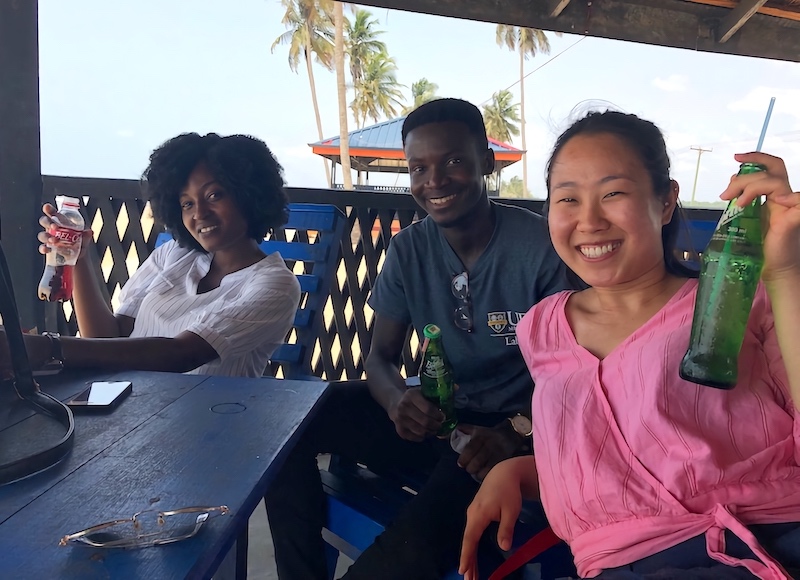
⋯





